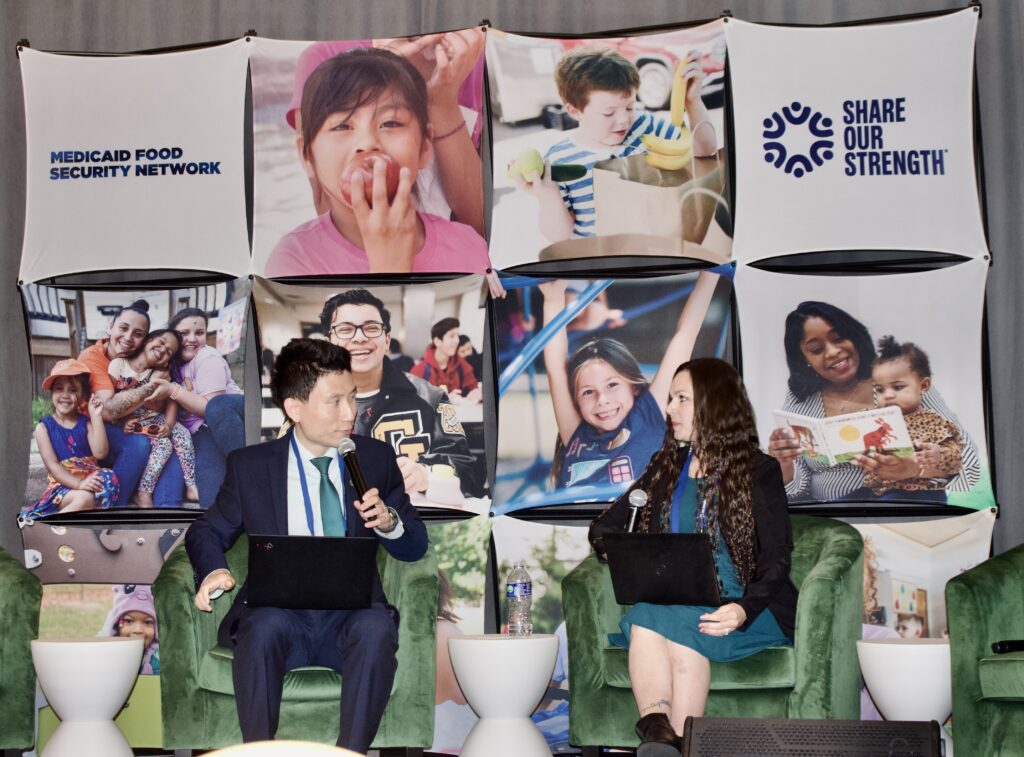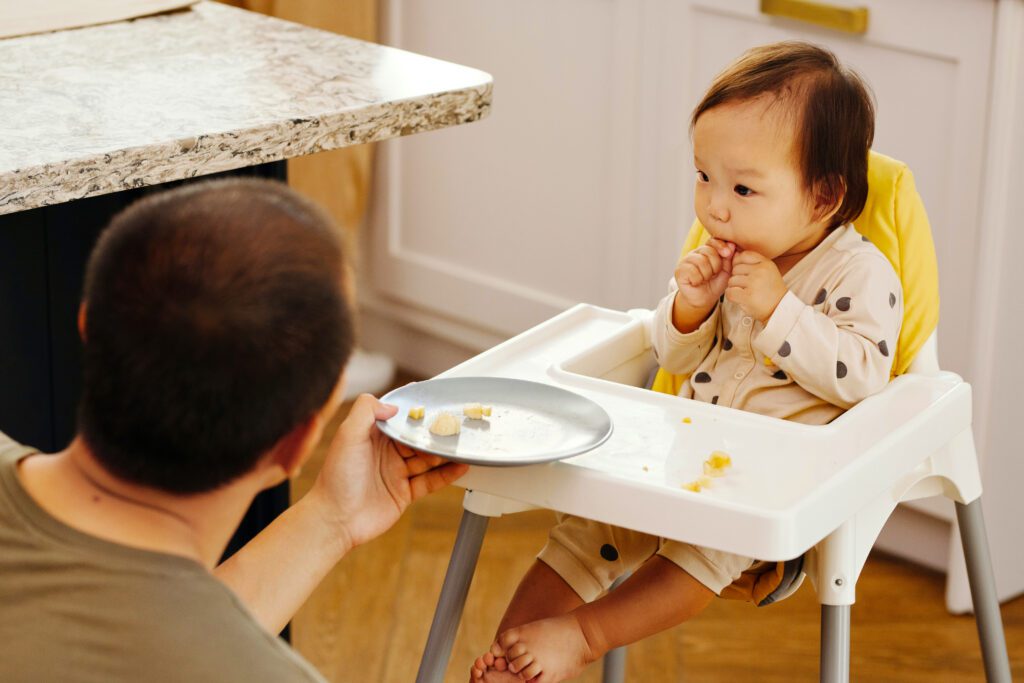
When I was on the board of the Timberland company one of the major areas of focus for the senior management team was supply chain strategy. In its simplest terms the supply chain is the network of businesses who supply every material, part, piece, button, circuit, software, label, etc needed to make and ship a finished product. If the chain gets interrupted, if just one of perhaps hundreds of different suppliers drops the ball, something goes missing and the product fails. So might the enterprise. The fate of businesses rest upon supply chain management almost entirely. And so of course there are supply chain associations, journals, consultants, etc.
We don’t usually talk about supply chain in the social sector. But we should. Because solutions to social problems also depend on a highly integrated chain of inputs that might be thought of as a “social strategy supply chain”. New York Times op-ed columnist Paul Krugman made me think of this when he wrote that “someone who really wanted equal opportunity … would support more nutritional aid for low income mothers-to-be and young children.” Instead of only narrowly prescribing changes in tax, trade and manufacturing policies, as President Obama did in his State of the Union speech, Krugman made the link to the critical ingredients across the entire length of the chain.
Some of the most successful, transformational, and rapidly growing nonprofits do exactly this. For example:
– The Nurse Family Partnership, aiming to break the cycle of poverty for low income fanmiles, advocates for not just one intervention, but for immunizations, breastfeeding, home visits, etc. and conducts randomized controlled trials that demonstrate better prenatal health, fewer subsequent pregnancies, increased maternal education and employment.
– The Harlem Children’s Zone is built around a “project pipeline” whose focus is “cradle to college” supporting young people with the most comprehensive range possible of family, social, and health services for their entire journey
– Share Our Strength’s No Kid Hungry strategy is designed to surround kids with nutritious food where they live, learn and play and so it’s social strategy supply chain must include not only food assistance, but nutrition education for moms and families, resource maximization skills, public policy interventions.
Timberland’s supply chain team understood that it would be futile to try to produce a quality footwear product if any critical ingredient from leather to glue was missing. The same holds true in the social sector but because we are habituated to resource constraints we often overlook this central, unforgiving reality. That’s why the supply chain that the Harlem Children’s Zone calls their “pipeline” is such a refreshing exception to the norm.
When it comes to succeeding on behalf of vulnerable kids we need to think not only about the expertise we can provide but about the entire social strategy supply chain, how we maintain it’s integrity, and how each link in the chain depends on every other.


